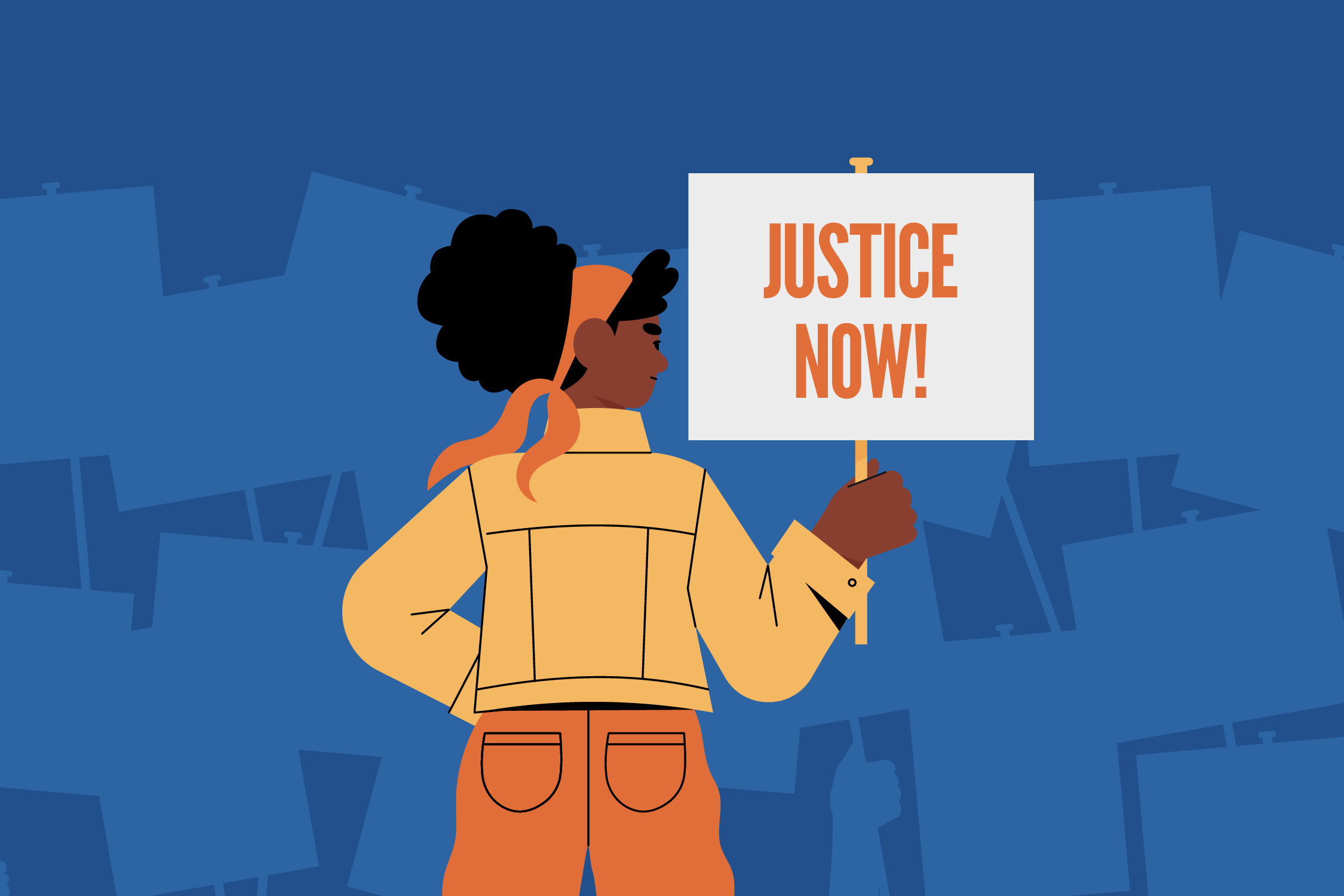
Gender norms are deeply ingrained in our society and can significantly impact individuals, particularly children. Restrictive gender norms often limit children’s potential and opportunities, affect their self-esteem and mental health, and shape their relationships with peers.
Gender norms can be particularly detrimental to those living in poverty, as well as the ALICE (Asset Limited, Income Constrained, Employed) population, as gender norms perpetuate cycles of inequality and limit access to resources and opportunities. For instance, according to the 2023 ALICE Reports, single mothers in the United States are more likely to live in poverty due to gender discrimination and limited access to affordable childcare. We must challenge harmful gender norms to create a more equitable and inclusive world for future generations.
What Are Gender Norms?
Gender norms are societal expectations and rules regarding how men and women should behave, express themselves and interact with others according to their gender. Media, socialization and culture contribute to the development of gender norms and they differ across time and place.
Gender socialization is one of the primary ways gender norms affect children. Gender socialization refers to how children learn the appropriate behavior, appearance and attitudes for their gender. For example, boys learn to be assertive, competitive and independent, while girls are encouraged to be nurturing, emotional and compliant. These gendered messages can shape children’s self-concept, beliefs and expectations about themselves and others.
Research suggests that adherence to gender norms can negatively influence a child’s mental health, social development and academic performance.
For instance, boys who feel pressured to conform to traditional masculine standards may be less likely to seek help for emotional problems or engage in prosocial behaviors. On the other hand, girls who internalize restrictive feminine norms may experience lower self-esteem and limited leadership opportunities.
Examples of Gender Norms in Society
Gender norms are pervasive in society and are identifiable in various aspects of our lives, including media, education and family. Here are some examples of gender norms in each of these areas:
Media:
- Many TV shows and movies feature predominantly male protagonists who are strong, dominant and aggressive while portraying female characters as emotional, dependent and sexualized.
- Commercials and advertisements often use gendered stereotypes to sell products, such as associating men with sports and outdoor activities, and women with beauty and domesticity.
- In video games, male characters are heroic and violent, while female characters are hypersexualized and serve as objects of male desire.
Education:
- Teachers may inadvertently reinforce gender norms by calling on boys more often, praising girls for being quiet and compliant or discouraging boys from communicating their feelings.
- Textbooks and other reading materials often portray men as inventors and leaders, while women are absent or assume passive roles.
- Sports programs in schools often prioritize male athleticism and show less attention to girls’ teams.
Family:
- Parents may have separate expectations and rules for their sons and daughters, such as encouraging boys to pursue careers in STEM fields and girls to prioritize raising a family and nurturing relationships.
- Gendered household chores are typical, such as girls being responsible for cooking and cleaning while boys do yard work and repairs.
- Children may bully their siblings who do not conform to gender norms, such as boys who like dolls or girls who prefer sports.
These are just a few examples of how gender norms operate in society and can shape our beliefs and behaviors. Recognizing and challenging these norms can help us create a more equitable and inclusive world for everyone.
How Gender Norms Affect Children
Gender norms can significantly impact a child’s development, affecting his or her self-esteem and opportunities for growth. Restrictive gender norms often discourage children from pursuing interests that are “inappropriate” for their gender, limiting their potential and opportunities for exploration.
For example, girls may feel discouraged from pursuing careers in STEM fields or leadership positions, while boys face ridicule for expressing interest in traditionally feminine activities like dancing or cooking. The pressure to conform to gender norms can also negatively influence children’s mental health, leading to anxiety and depression. If boys feel that they cannot communicate their emotions or seek help, they may begin to feel stressed and isolated. Girls who feel the need to prioritize appearance and social status may experience eating disorders or body dissatisfaction.
Children who do not conform to gender norms may experience lower self-esteem and negative self-concept, as they are made to feel like they don’t fit in or are “abnormal.” Boys perceived as weak or feminine may face bullying and social exclusion, while girls who are not conventionally feminine may feel pressure to conform to unrealistic beauty standards.
Gender norms can also affect a child’s relationships with their peers, as they may face pressure to conform to societal expectations. Additionally, these norms can influence children’s future career choices and opportunities, as they may face gender inequity or bias in traditionally gendered fields. For example, girls may be discouraged from pursuing careers in politics or law enforcement, while boys may face stigma for choosing caregiving professions like nursing or teaching.
Gender Roles
Gender roles are the social and cultural expectations for how people should behave according to their assigned gender. These roles shape the behaviors, attitudes and responsibilities considered appropriate for men and women.
Gender roles evolve over time but still trend toward traditional and stereotypical notions of masculinity and femininity. Gender roles can limit and restrict people’s choices and prospects based on their gender, perpetuating gender inequality.
Gender Stereotypes
Gender stereotypes are beliefs or assumptions about characteristics, traits, behaviors and roles of people based on their gender. These stereotypes are created and reinforced by gender norms and can lead to biased judgments and discrimination against individuals who do not conform to them. Gender stereotypes can be positive and negative, but they tend to fit rigid ideas of masculinity and femininity.
How to Break Gender Norms
Breaking down gender norms can be difficult, but it is essential for creating a more inclusive and fair society that supports children’s well-being and growth. Here are some strategies for challenging gender norms:
Parenting
Parents can challenge gender norms by avoiding stereotypes and encouraging children to pursue their interests and passions, regardless of gender. For example, instead of relegating activities and toys according to gender norms, parents can provide a wide range of things to do without limiting them based on gender stereotypes.
Parents should also foster an environment that encourages open communication and allow their children to express themselves in their preferred way without judging or criticizing them. By being mindful of their own biases and challenging them, parents can create a home for their children that encourages them to express themselves emotionally, regardless of gender.
Educators
Educators play a critical role in contesting gender norms and promoting inclusion and diversity in the classroom. Creating an inclusive and equitable learning space can help students feel valued and supported, regardless of gender identity or expression. Teachers should avoid using gendered language or stereotypes in the classroom. Instead, educators should strive to create opportunities for all students to participate in all activities and subjects.
One way to create an inclusive learning space is by introducing diverse books and resources representing all gender identities and expressions. Teachers can also encourage students to explore their interests and pursue non-traditional paths, breaking away from gender stereotypes that limit potential and opportunities. Additionally, educators can provide opportunities for open discussions on gender and identity and promote respectful communication and understanding among students.
Media
The media we consume plays a significant role in shaping our perceptions and beliefs about gender, making it essential for creators to develop diverse and inclusive representations of gender in their work. By avoiding harmful stereotypes and tropes that reinforce gender norms, media creators can take significant steps toward promoting gender equality. For instance, instead of relying on traditional expectations, creators can develop characters that challenge these norms, allowing viewers to see beyond the confines of rigid gender categories.
To create authentic and respectful representations of gender, media creators must work collaboratively with experts and members of marginalized communities. Consulting with these individuals can help creators further understand the problems regarding gender, which can inform their work and promote inclusivity. Furthermore, providing a positive representation of nonbinary and gender nonconforming individuals can help to reduce the discrimination they struggle with.
Creating a Gender-Equal World
Creating a gender-equal world is essential for the well-being and development of all children. We can create a more equitable society where everyone will thrive if we unite to break down restrictive gender norms and promote inclusivity. Each one of us has a part to play in the movement toward gender equality.
One way to take action is by challenging gender norms in our own lives, whether it’s by breaking down gender stereotypes in the media we consume, encouraging children to pursue their interests and dreams, or creating an inclusive place to learn in schools. We can also support organizations that work toward gender equality, such as the ALICE Lives Here initiative, which seeks to support families living in poverty and break down the barriers to upward mobility.
It’s important to remember that taking action to create a gender-equal world is a collective effort, and it requires ongoing work and education. By staying informed, raising awareness and actively working toward gender equality, we can create a better future for all children.


